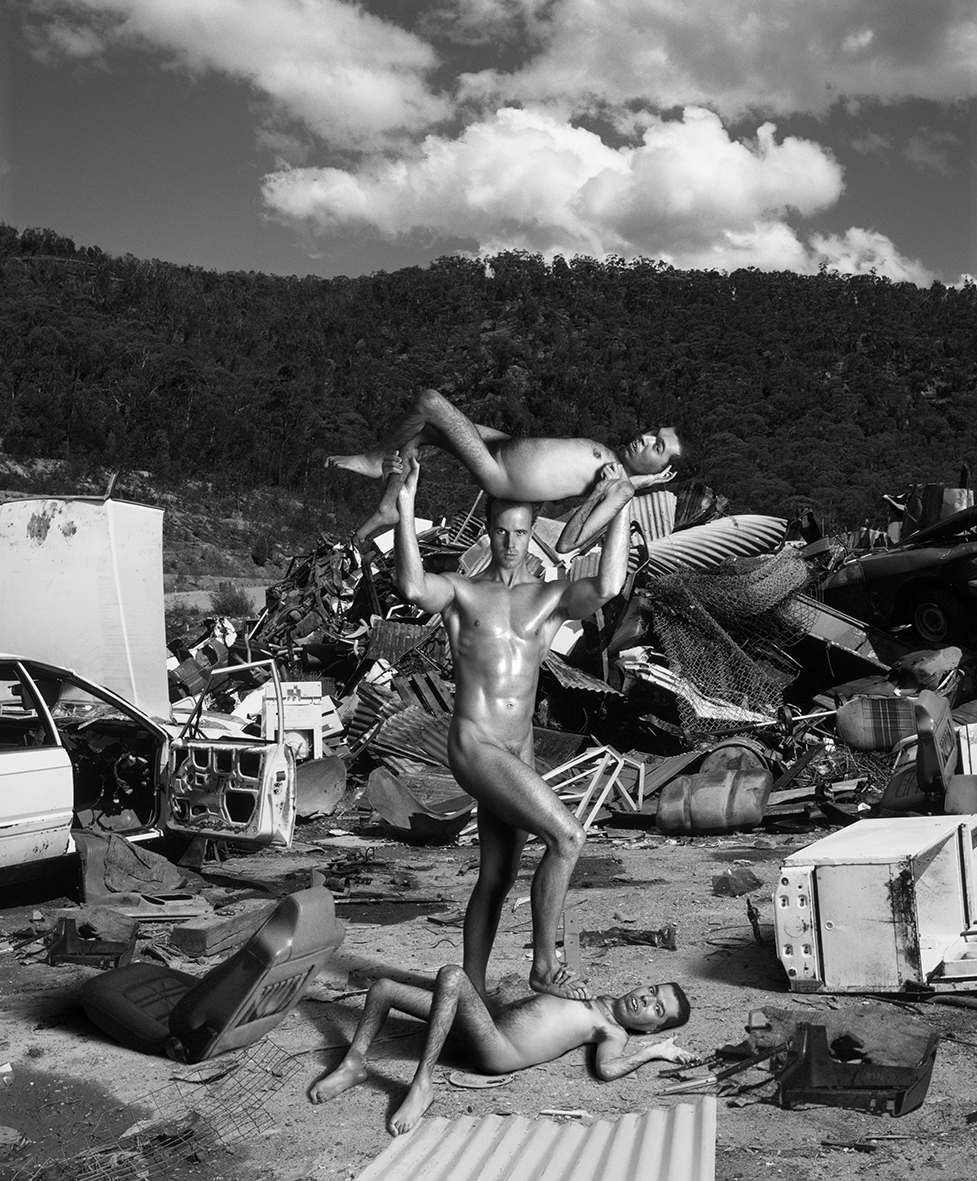The Co – creator ‘Friend or Foe’, George Taleporos is a 26year old consultant and academic with a disability called Spinal Muscular Atrophy. He has first class honours degree from Monash University, specialising in psychology and sociology and a graduate diploma in educational psychology. He is currently undertaking a PhD in psychology at Deakin University where he was awarded a postgraduate scholarship. His area of research is physical disability, sexuality and body image. George also provides training and public lectures in disability awareness. He has delivered keynote addresses at both state and national disability conferences and has been published in a recent book called ‘Sexual Positions; An Australian view’ and in international journals including ‘Social Science and Medicine’ and ‘Journal of Sexuality and Disability.’
Gordon Sloan appeared as a contestant on the Australian Big Brother television series in 2001. George, an avid fan of the show, and of Gordon himself, chose to approach Gordon to model in the role of the ‘masculine ideal’. Upon receiving the proposal, Gordon was attracted to the theoretical depth that he felt the image represented. As a student of animation, the project also appealed to him academically. Gordon said: ‘It is important to me that I support schemes of this caliber. It was a refreshing change from the capitalist hypersurface of meaningless advertising.’ Gordon died mysteriously in China in 2007. Since participating in Intimate Encounters, Gordon became peace activist and humanitarian worker and was part of the ‘human shield’ in Iraq during the US-led Iraq invasion. His work supported an orphanage in Kenya.
